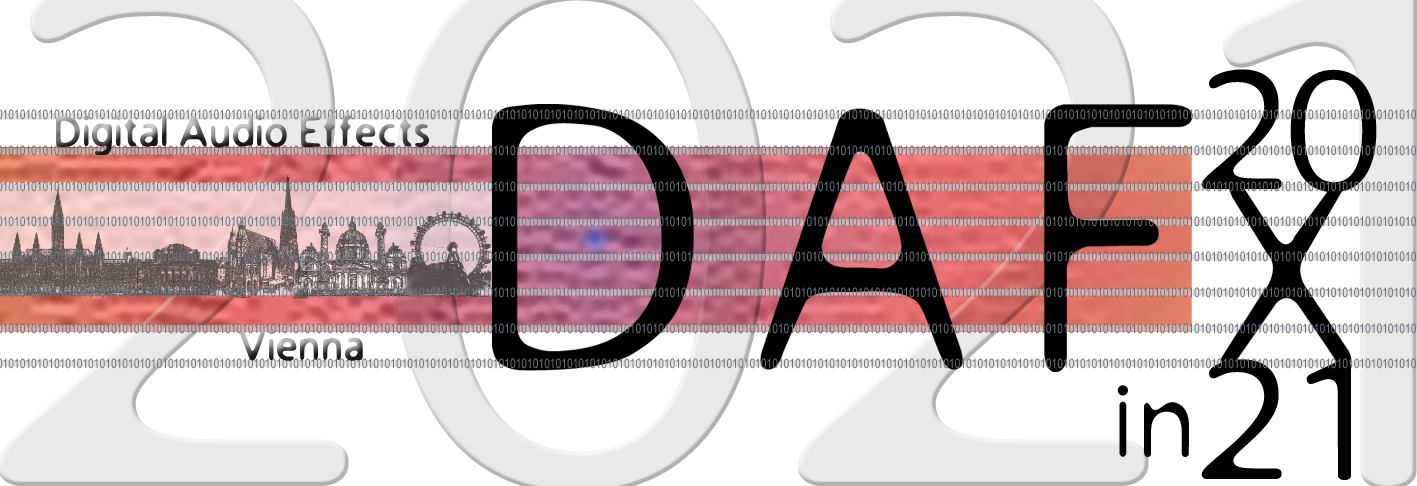

Virtual Bass System With Fuzzy Separation of Tones and Transients
Eloi Moliner, Jussi Rämö and Vesa Välimäki
Companion page for a paper in the The 23rd International Conference on Digital Audio Effects (DAFx-20)
Vienna, Austria, 8–12 September, 2020
The article can be downloaded here.
Abstract
A virtual bass system creates an impression of bass perception in sound systems with weak low-frequency reproduction, which is typical of small loudspeakers. Virtual bass systems extend the bandwidth of the low-frequency audio content using either a nonlinear function or a phase vocoder, and add the processed signal to the reproduced sound. Hybrid systems separate transients and steady-state sounds, which are processed separately. It is still challenging to reach a good sound quality using a virtual bass system. This paper proposes a novel method, which separates the tonal, transient, and noisy parts of the audio signal in a fuzzy way, and then processes only the transients and tones. Those upper harmonics, which can be detected above the cutoff frequency, as boosted using timbre-matched weights, but missing upper harmonics are generated to assist the missing fundamental phenomenon. Listening test results show that the proposed algorithm outperforms previous methods in terms of perceived bass sound quality. The proposed method can enhance the bass sound perception of small loudspeakers, such as those used in laptop computers and mobile devices.
Sound Examples
Hip hop
Wu-Tang Clan (1993). C.R.E.A.M
Original
High-pass filtered at 150 Hz
Proposed method
Jazz
Miles Davis (1959). So What
Original
High-pass filtered at 150 Hz
Proposed method
Rock
Radiohead (1997). Karma Police
Original
High-pass filtered at 150 Hz
Proposed method
Classical
R. Strauss (1896). Also Sprach Zarathustra. Performed by: Berliner Philarmoniker (1973)
Original
High-pass filtered at 150 Hz
Proposed method
Matlab Scripts
Link to project's GitHub page: https://github.com/eloimoliner/virtualbass.